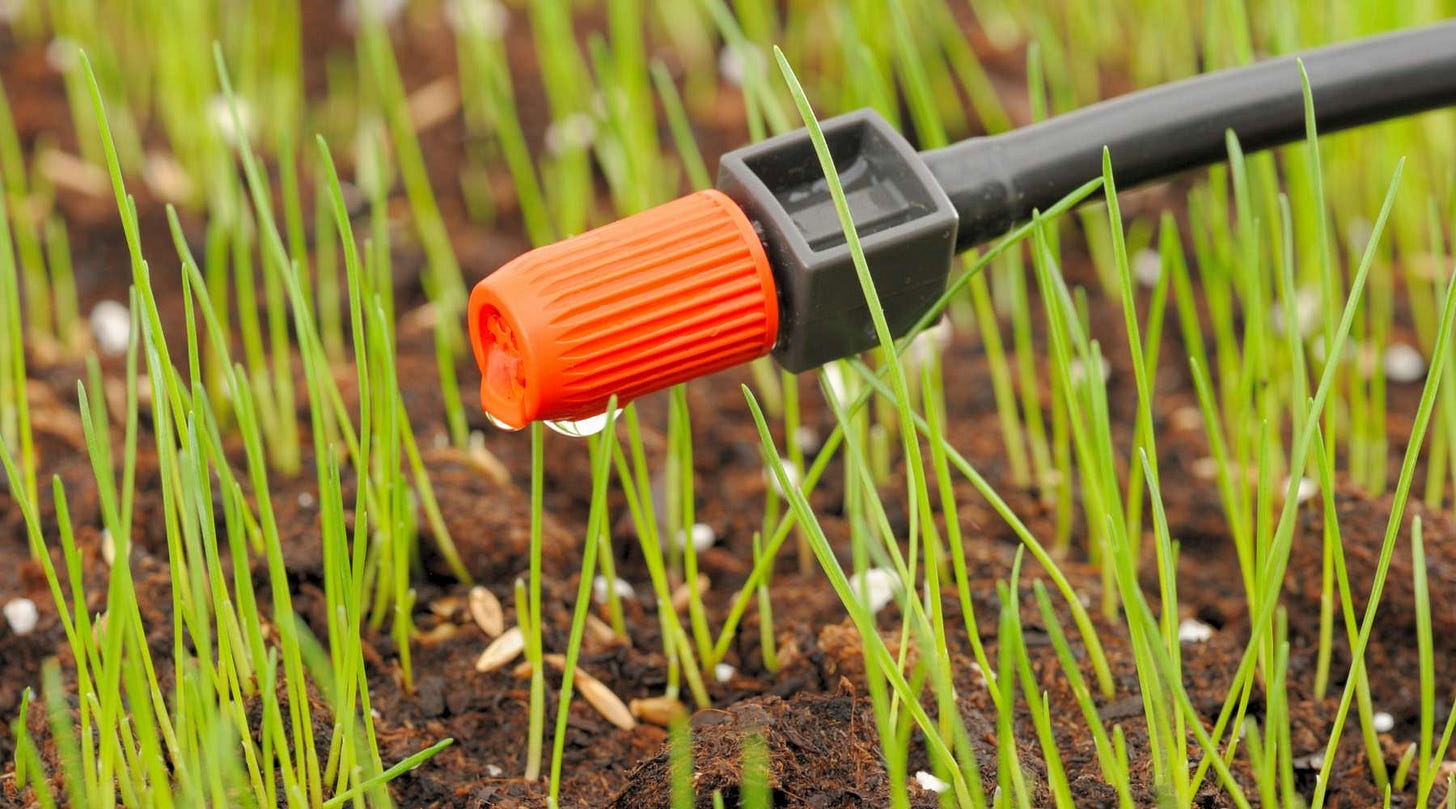As temperatures climb and summer begins, your garden requires extra care to handle the heat and produce its best harvests.
Proper summer garden maintenance ensures your plants remain healthy, productive, and beautiful all season long. In this comprehensive guide, we’ll explore the essential tasks for summer garden maintenance in different growing zones and share practical tips to help you succeed.
Why Summer Garden Maintenance Matters
Early summer is a crucial period for garden health. As temperatures rise, plants face new challenges: drought stress, pest infestations, and rapid growth spurts. Effective summer garden maintenance helps your garden handle these issues, extending your harvest window and protecting your investment.
Know Your Zone for Better Maintenance
Before diving into summer garden maintenance, consider your USDA Hardiness Zone.
Zones 3-5 (Cooler Climates) – Even in early summer, watch for late frosts in higher elevations.
Zones 6-8 (Mild Climates) – Your garden is in full swing, and watering consistency is key.
Zones 9-11 (Hotter Climates) – Expect intense sun and drought-like conditions; choose heat-tolerant plants and water wisely.
Key Tasks for Early Summer Garden Maintenance
✅ 1. Watering Wisely
Water is the most important factor in summer garden maintenance.
Deep, infrequent watering encourages strong root growth.
Use drip irrigation or soaker hoses to reduce evaporation and save water.
Water early in the morning to prevent disease and minimize evaporation.
✅ 2. Mulch for Moisture
Applying 2-3 inches of organic mulch (like straw, wood chips, or compost) around your plants:
Conserves soil moisture
Keeps roots cool
Suppresses weeds
Adds nutrients as it breaks down
Mulching is a cornerstone of effective summer garden maintenance.
✅ 3. Support Rapid Growth
As summer heat fuels rapid plant growth, provide:
Trellises and cages for climbing vegetables like tomatoes and cucumbers.
Stakes or tomato spirals to prevent heavy fruits from weighing down stems.
Good support systems are key to preventing damage and improving airflow—a must for healthy summer garden maintenance.
✅ 4. Pest and Disease Patrol
Warm weather brings pests like aphids, squash bugs, and spider mites.
Inspect plants weekly for signs of infestation.
Encourage beneficial insects like ladybugs and lacewings.
Use organic treatments like neem oil or insecticidal soap if needed.
Preventative care is an essential part of summer garden maintenance for a healthy, thriving garden.
Summer Garden Maintenance by Crop Type
🌽 Vegetables
Harvest early and often – Frequent picking encourages more production.
Remove damaged or diseased foliage quickly to keep plants healthy.
Watch for bolting (flowering) in leafy greens; harvest before leaves turn bitter.
🌸 Flowers
Deadhead spent blooms to promote continuous flowering.
Pinch back leggy annuals like zinnias to encourage bushier growth.
Check containers and baskets daily—they dry out faster in summer heat.
🌳 Fruit Trees and Berries
Thin fruits on heavily loaded branches to prevent breakage and improve size.
Water deeply once or twice a week for trees in hot zones.
Remove any suckers from tree bases to direct energy to fruit production.
Preparing for Heat Waves
Early summer is a great time to protect your garden against mid-summer extremes.
Use shade cloth to protect tender crops like lettuce and spinach from scorching sun.
Set up windbreaks for vulnerable areas, especially in open gardens.
Install rain barrels to catch runoff and supplement your watering schedule during dry spells.
These proactive steps will make your summer garden maintenance easier as the season heats up.
Fertilizing for Summer Success
Most vegetables and flowers benefit from a mid-summer feeding.
Use a balanced, slow-release organic fertilizer to replenish nutrients.
Avoid over-fertilizing during hot spells—it can stress plants and burn roots.
Compost tea or worm castings are gentle ways to boost soil health naturally.
Fertilizing as part of your summer garden maintenance plan ensures strong growth and vibrant blooms.
General Summer Garden Maintenance Tips
✔ Keep pathways and beds weeded to reduce competition for water and nutrients.
✔ Rotate crops to discourage pests and replenish soil fertility.
✔ Observe and adjust – Watch how your plants respond and tweak your watering or feeding schedule as needed.
✔ Plan ahead for succession planting – Keep the harvest coming with new rounds of beans, lettuce, or radishes.
Successful summer garden maintenance is all about balance: managing heat, moisture, pests, and nutrient needs so your plants can thrive. By understanding what your zone requires and staying proactive with your tasks, you’ll enjoy a beautiful and bountiful garden all summer long.
Whether you’re tending to tomatoes, sunflowers, or fruit trees, remember that summer garden maintenance is an ongoing process. The more you care for your garden now, the more it will reward you in the weeks to come.
Happy gardening—and here’s to a lush, productive summer! 🌻🍅🌿
Check us out at Growing Wild Gardening
Read our Gardener’s Journal for more tips





